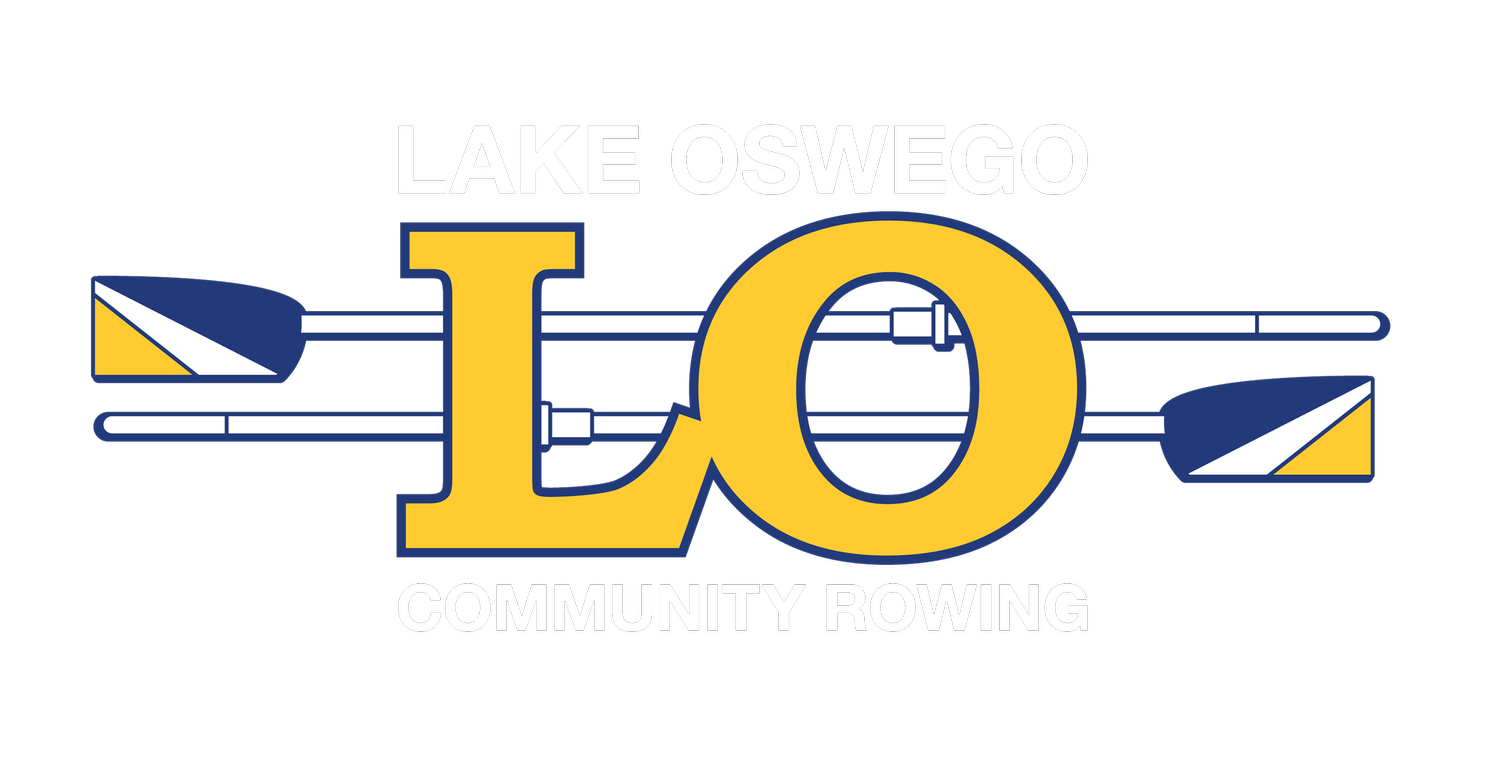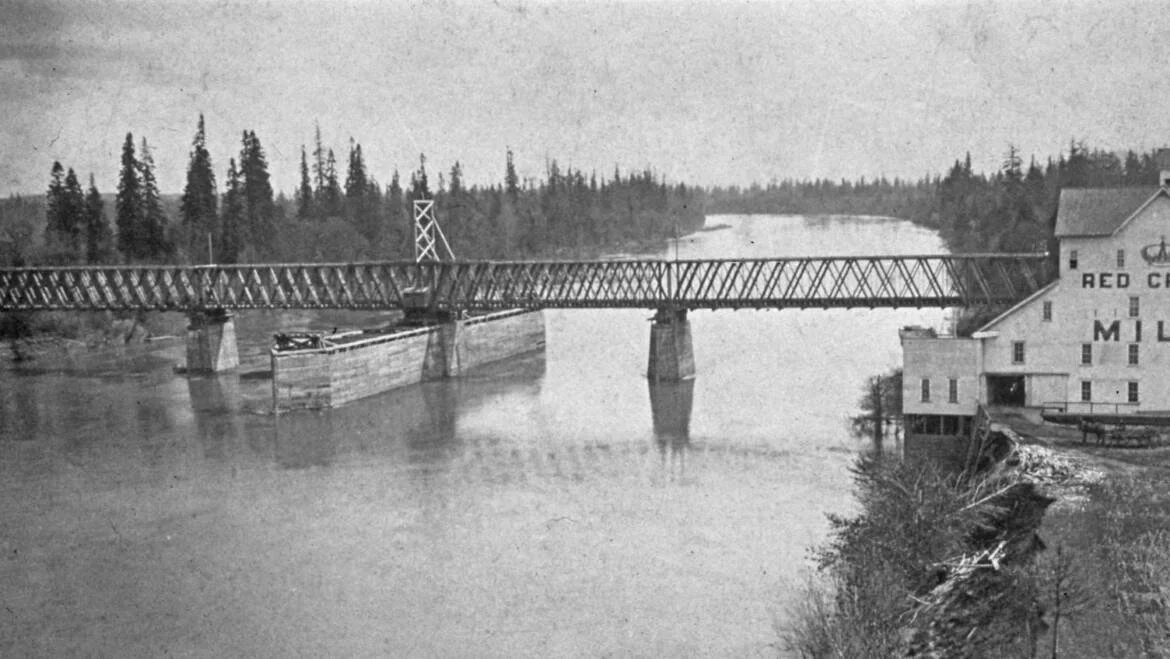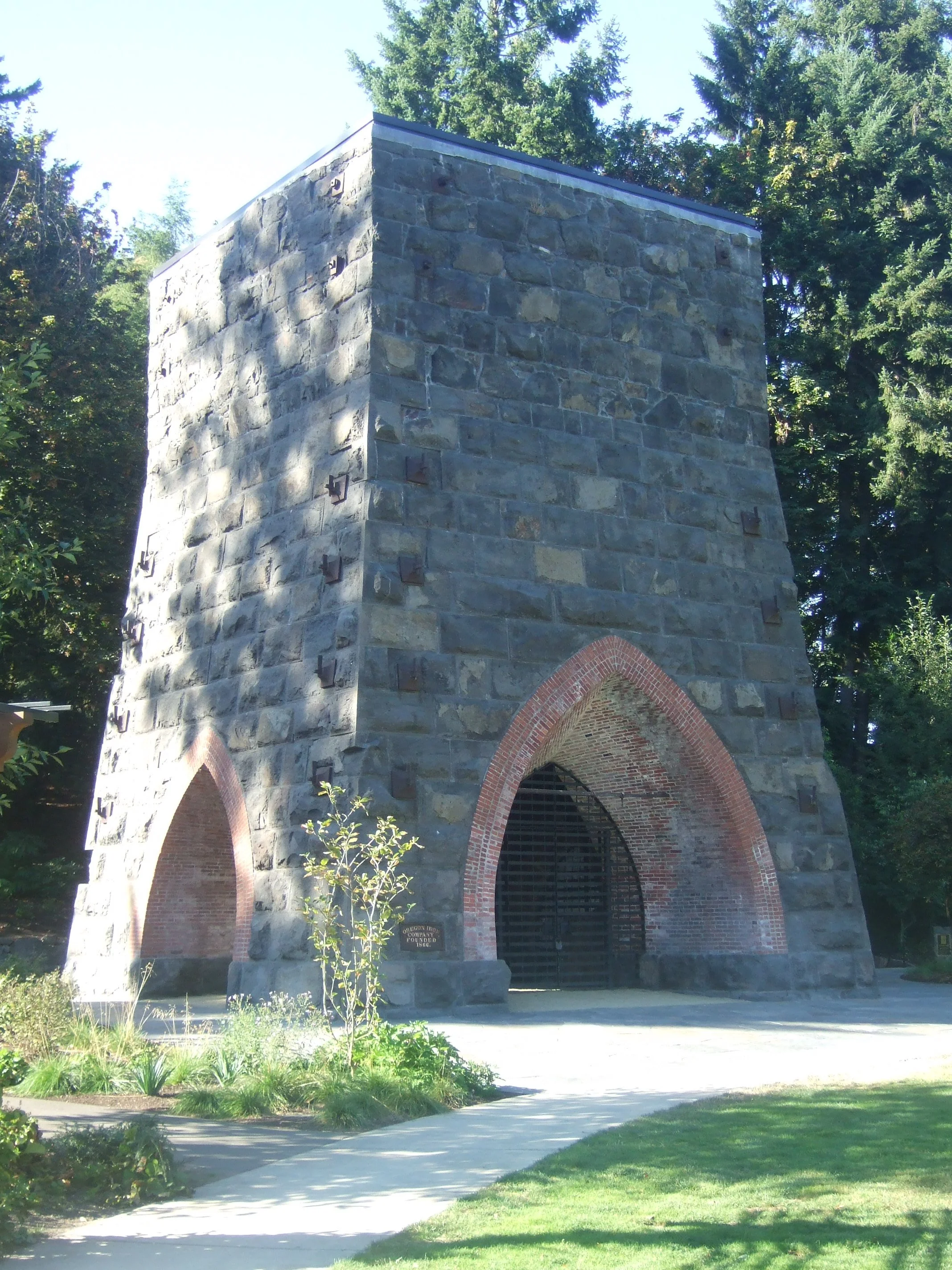History of the River
The history of the Willamette River has been shaped largely by Oregon’s 19th-century iron industry. In the 1860s, the iron mines surrounding Lake Oswego began to attract noticeable attention due to the abundance of rich iron ore found along the Willamette and Tualatin Rivers.
The Oregon Iron Company was established in 1865. The company's furnace, one of few artifacts left from the Willamette iron industry, still stands at George Rogers Park in Lake Oswego (just down the river from our boathouse). The factory operated for nearly three decades until 1894.
During this time, steamships began to traverse the river. As industry on the shore grew, so did the need for trading and shipping. Throughout the next century, side channels and irrigation ditches were dug to try and harness the river, with the river’s first dams built in 1940. As the iron industry grew, so did Lake Oswego. In 1880, Lake Oswego' population was a mere 97 people. Today, the town is home to over 40,000 residents who enjoy all the beauty the Willamette Valley has to offer.
Prior to its industrialization, the Willamette Valley was home to numerous Indignous communities. Unfortunately, as was all too common in American history, white settlers forcibly removed the people of the Umpqua, Southern Kalapuya, Rogue River, and Chasta from their homes in 1856 and marched them over two hundred miles north to the Grand Ronde Reservation. Since regaining their federal recognition status in 1983, the people now known as the Confederated Tribes of Grand Ronde have made great strides to reestablish their history and culture in the Willamette Valley.


